by Morgan McClure, Marketing and Communications Director
Many visitors flock to Crystal River to see the famous manatees or catch a glimpse of its pristine springs. But beyond these well-known attractions lies a diverse landscape teeming with wildlife, unique ecosystems, and a rich history waiting to be explored. On a recent trip, my family and I set out to experience Crystal River in a different way—by hiking, kayaking, and immersing ourselves in the natural beauty of Florida’s public lands.
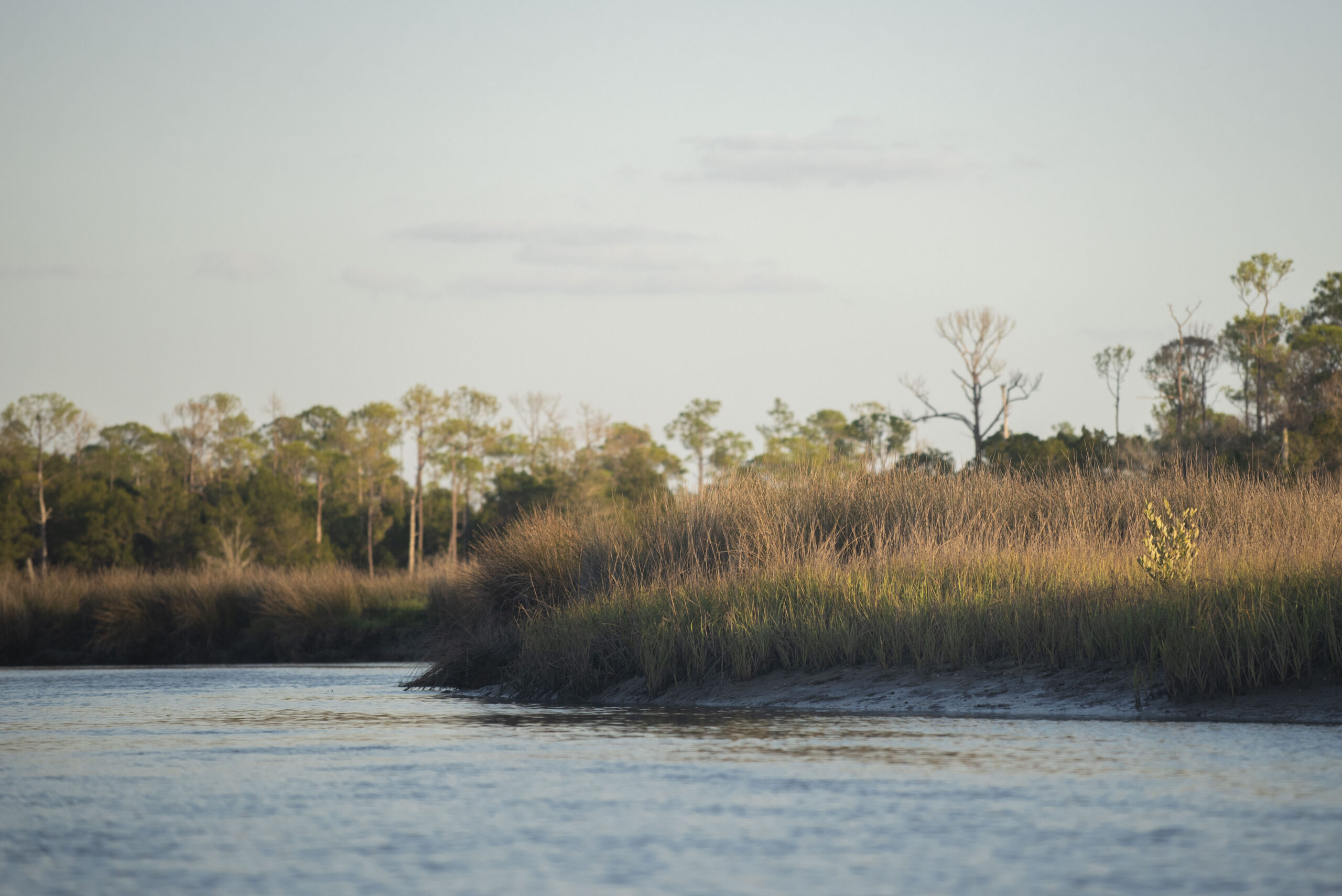
Waccasassa Bay Preserve State Park. Photo by Morgan McClure
Hiking Through a Florida Jungle
Our first stop was Crystal River Preserve State Park, where we found the Crystal Cove Trail. This scenic hike meandered through a landscape that felt almost prehistoric, with towering cedar and palm trees creating a lush, jungle-like canopy. The trail itself was full of character, winding over small hills and weaving around exposed roots. We followed the path along canals that were dug decades ago until it finally opened to a breathtaking view of the sawgrass marsh, stretching toward the Crystal River.
Photos by Morgan McClure
Along the way, we encountered fascinating species: ornate Christmas wreath lichen, resilient air plants, and even a juvenile yellow-crowned night heron patiently seeking out its next meal. If I return, I’d love to attempt the Seven-Mile Loop Trail and try my luck at spotting the spiked crested coralroot (Hexalectris spicata), a rare native orchid that calls this area home.
Stepping into the Past at Crystal River Archaeological State Park
After our hike, we ventured to the Crystal River Archaeological State Park, a place where history and nature intertwine. This site has been an important gathering place for thousands of years, once home to Indigenous peoples who left behind earthen mounds and artifacts that tell the story of Florida’s deep past. As we roamed the park, we took a moment to reflect on those who walked these lands long before us, imagining what life was like centuries ago.
The vibrant natural surroundings added to the experience—songbirds flitted between the trees, and we were delighted to find a patch of blue flag iris blooming near the water’s edge. The serenity of the place made it easy to appreciate both its cultural and ecological significance.

Blue Flag Iris (Iris virginica) Photo by Morgan McClure
Kayaking at Sunset: A Salt Marsh Symphony
As the day waned, we ventured north of Crystal River and launched our kayaks onto Vassey Creek, near Yankeetown, exploring the southern area of Waccasassa Bay Preserve State Park. Only accessible by watercraft, this remote expanse of salt marsh offers a true sense of solitude. Paddling through the tidal creeks, we felt like we had the entire world to ourselves. The only company we had were the countless fiddler crabs, seemingly waving goodbye to the sun as it dipped below the horizon. The rhythmic splash of mullet breaking the water and the distant calls of a seaside sparrow and clapper rail added to the evening’s tranquility.
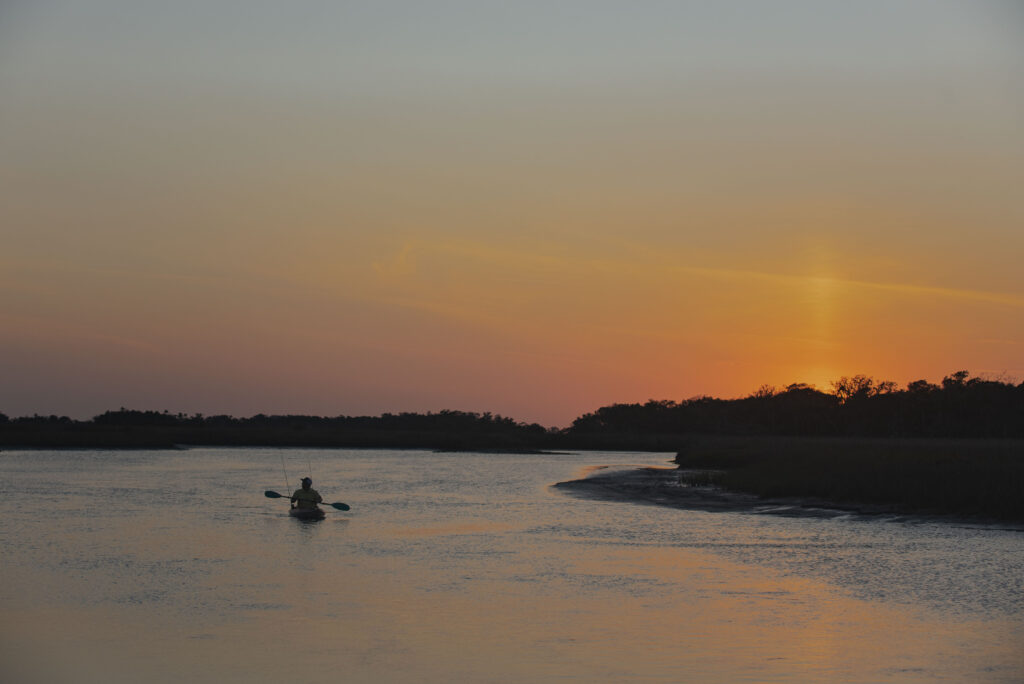
Photo by Morgan McClure
The Ecological Importance of Florida’s Nature Coast
Crystal River is more than just a gateway to manatees—it is a vital part of Florida’s Nature Coast, a region celebrated for its natural landscapes and rich biodiversity. The area’s springs, marshes, and coastal waters form an interconnected ecosystem that supports countless species, from migratory birds to marine life. The public lands in this region not only provide critical habitats but also help protect the state’s fragile waterways and estuaries.
For those looking to explore beyond the famous manatees, Crystal River has so much more to offer in the area. Whether hiking beneath a canopy of ancient trees, reflecting on history at an archaeological site, or kayaking through the golden glow of a salt marsh sunset, this area invites adventurers to experience Florida’s wild beauty in new and unexpected ways.
So, next time you visit the area, take a detour from the usual and get outside—there’s a whole world waiting.
How to Visit
The best time to visit the Nature Coast is from October to April when temperatures are cooler and wildlife is more active. Early mornings or late afternoons offer the best experience while avoiding midday heat.
Crystal River Preserve State Park
Address: 3266 N. Sailboat Ave. Crystal River FL 34428
Hours: Open daily from 8 a.m. to sunset
From U.S. Highway 19 in Crystal River, take State Park Street west and follow signs to the park entrance. Free parking is available at the visitor center and trailheads.
Crystal River Archaeological State Park
Address: 3400 N. Museum Point, Crystal River FL 34428
Hours: Open daily from 8 a.m. to sunset
From U.S. Highway 19 in Crystal River, take Museum Point Road west to the park entrance. Free parking is available near the visitor center and mound site.
Waccasassa Bay Preserve State Park
Address: Accessible by watercraft only. Public boat ramps can be found in Cedar Key, Gulf Hammock, and Yankeetown.
Hours: Open daily from 8 a.m. to sunset


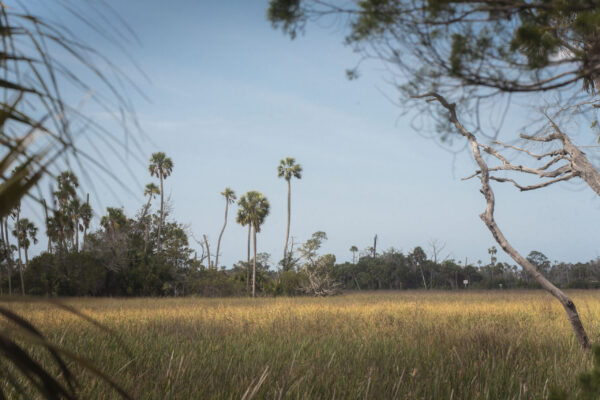
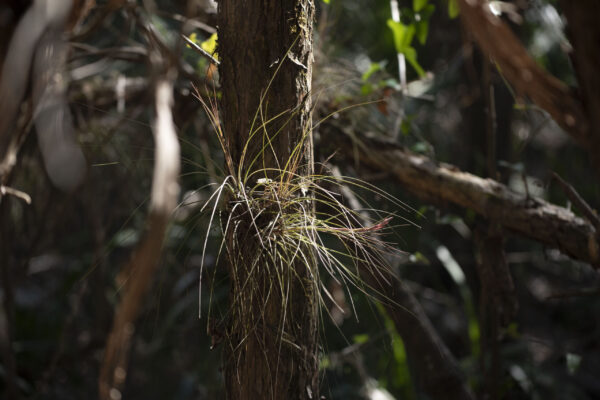
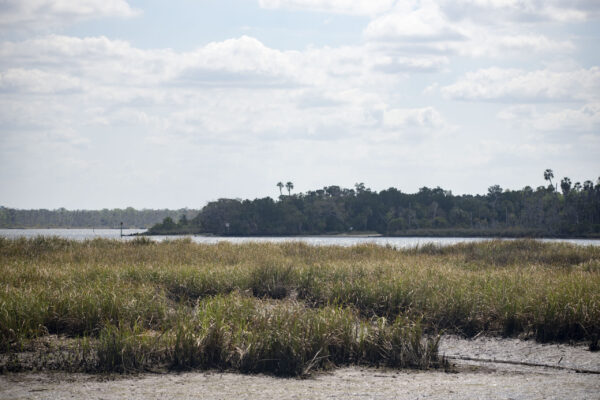
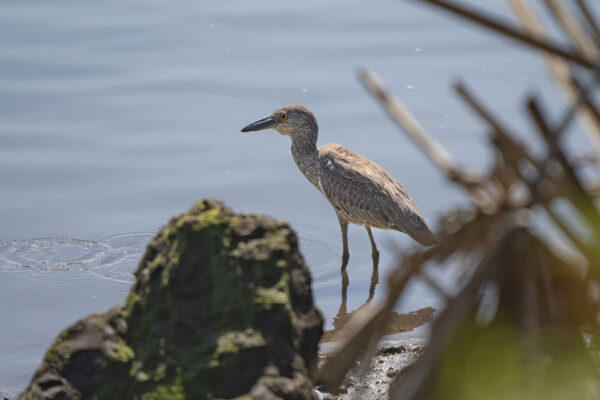
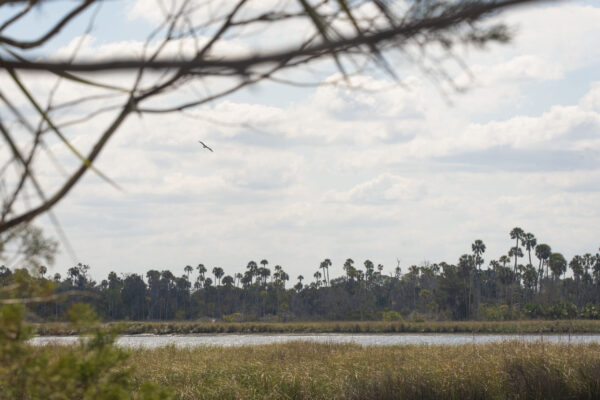

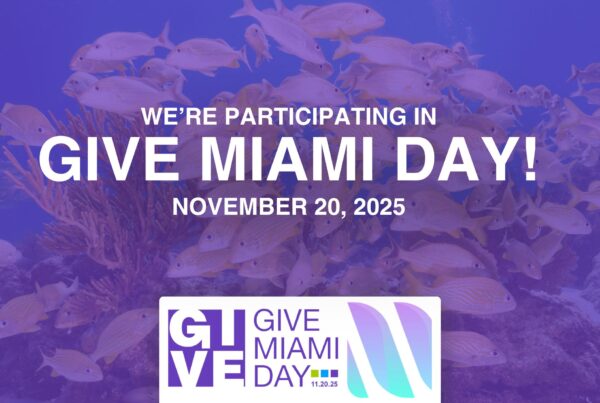
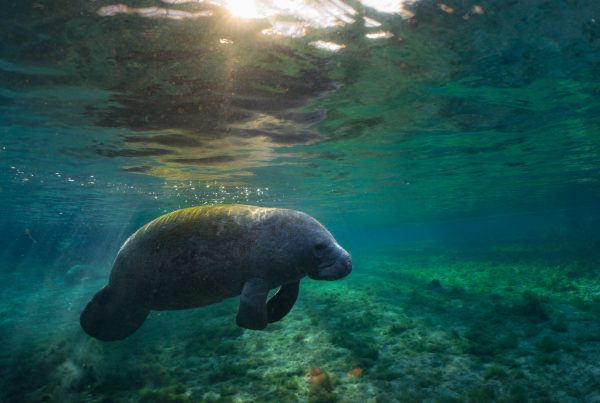


Mobility impaired husband would need accommodations in crystal river preserve. Any in place?
Crystal River Preserve State Park does have accessible amenities, including boat tours. We recommend checking out their website or contacting directly for more info: https://www.floridastateparks.org/parks-and-trails/crystal-river-preserve-state-park/experiences-amenities“